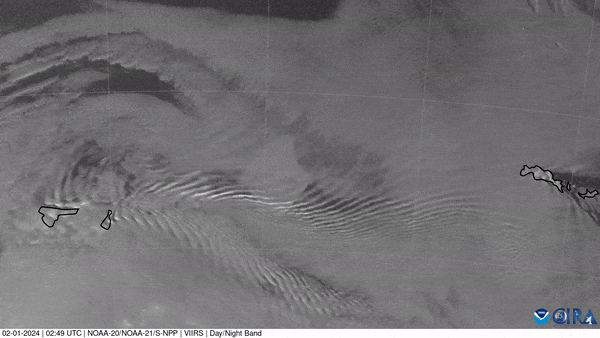
NOAA’s JPSS polar-orbiting satellites, NOAA-20, NOAA-21, Suomi-NPP, watched iceberg A23a spend the month of February drifting around the Weddell Sea between the South Orkney and South Shetland Islands of Antarctica using the VIIRS instrument they each carry. Currently the largest iceberg in the world, at approximately 1,500 square miles in area, A23a is about the size of the U.S. state of Rhode Island.
Iceberg A23a calved from the Filchner–Ronne Ice Shelf in 1986 and had been stuck in the Weddell Sea off the coast of West Antarctica until it started moving again in 2020. When it calved, the iceberg was one of the largest icebergs in the world until it was temporarily surpassed in size by iceberg A76 (which had an area of 1,670 square miles when it calved from the Filchner–Ronne Ice Shelf in 2021, but has since split into three fragments).
NOAA’s Joint Polar Satellite System (JPSS) is the Nation’s advanced series of polar-orbiting environmental satellites. JPSS represents significant technological and scientific advancements in observations used for severe weather prediction and environmental monitoring. These data are critical to the timeliness and accuracy of forecasts three to seven days in advance of a severe weather event. JPSS is a collaborative effort between NOAA and NASA.